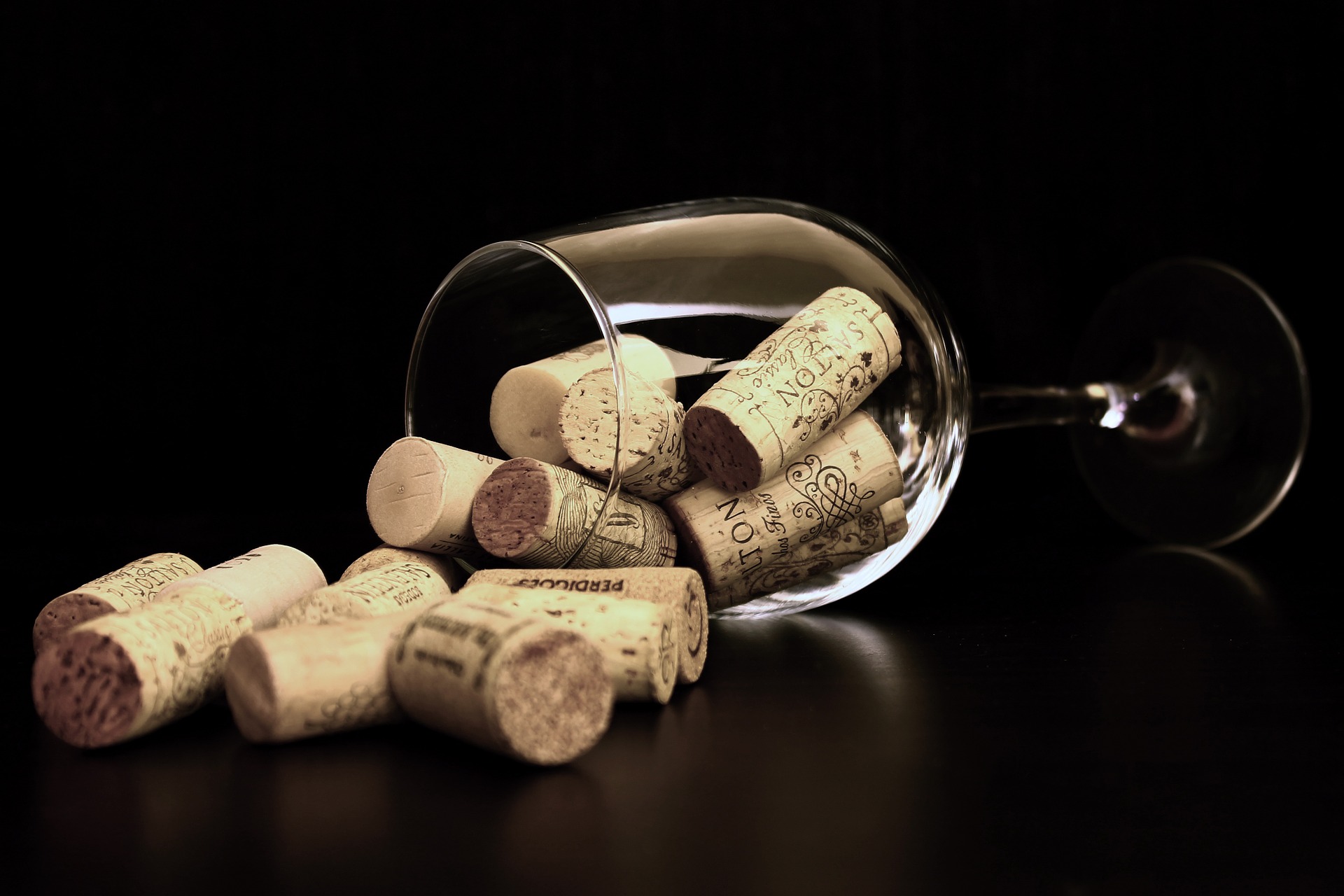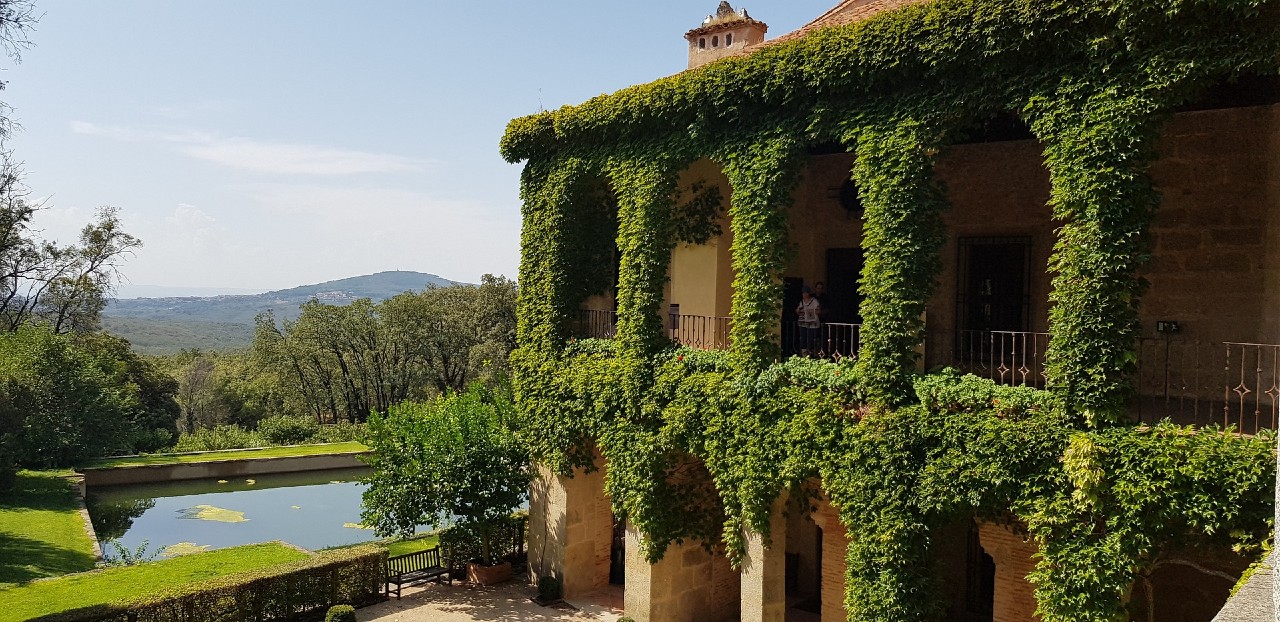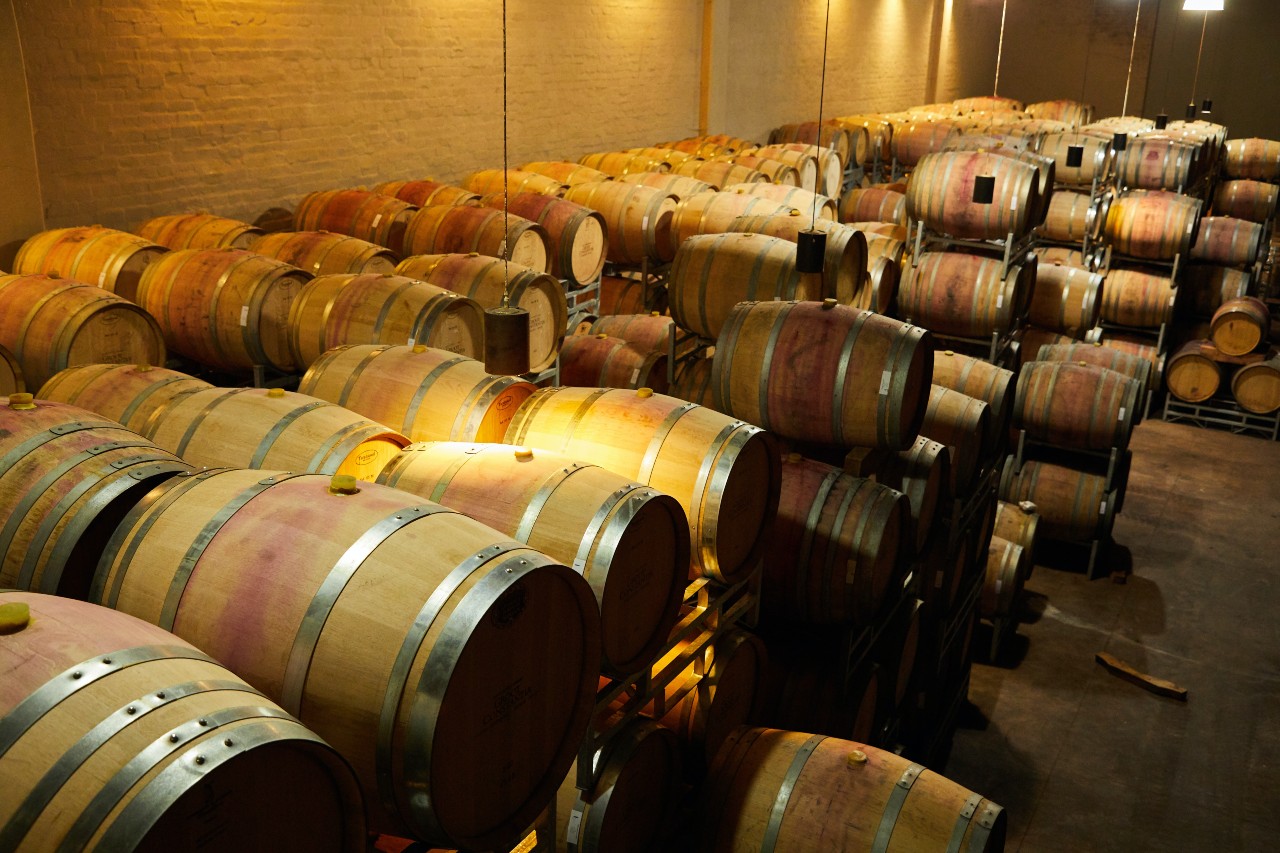
Tempranillo, the famous Andalusian bandit who, armed with a blunderbuss, would rob you in the Andalusian mountains, was according to the chronicles of the time polite even charming especially with the ladies. These days not even the ladies are safe from some soulless innkeeper, bottle of tempranillo, his blunderbuss, at the ready, who challenges them with a shout of: white or red?
I don’t mean to say that this happens in all restaurants. Winemakers, besides wanting to sell wine, have for some time been interested in how it reaches the customer. The -good – restaurateurs realized that wine more than an accessory, was a great way to add value and volume to their businesses, and thus was born the business of careful selection of the wine list.
Winebars, gastrobars, wine restaurants, all kinds of names and titles for hospitality businesses in which wine is the strong point, where it’s looked after and sold with loving care and good management. Establishments with magnificent sommeliers, excellent professionals who manage and sell from their cellar with care and consideration. Moreover, nowadays the public appreciates the quality of a well-chosen selection, the attentiveness that lies behind good service and prices which are reasonable.
Stop! Sadly, besides these good restaurants where ordering wine is not a traumatic experience, there are still many restaurants where they choose not to understand that when selling wines, an anything goes approach is no longer enough.
We’re going to go over the capital crimes of wine committed by many establishments, restaurants where together with the stickers on the door which say things like “Three Moons Michael Guide” or Recommended by the Association of Gastronomic Archaeologists”, there should be another sticker ANPVC (acronym in Spanish) which here doesn’t stand for National Association of Quality Wine Producers but more fittingly would be “Don’t order wine here; run!”
Presentation. No, putting a bottle of rosé in the mouth of the monkfish is neither delicate nor elegant, and almost always two parallel acts coincide in this performance : the bottle of rosé is a dreary colour- of a vintage decades before the day of the crime and they are usually displayed in direct sunlight. A presentation that warns you that this is somewhere not to order wine, nor monkfish, obviously.
Storage. So much damage has been done to wine by those Castilian wood wine racks, with their honeycomb modules, where the bottles are placed in the holes and the restaurants store the wine in the middle of the dining room. Every time I have to eat in such a place and order wine, I ask the God Bacchus that please my bottle not be one of those that has been next to the radiator: Murphy’s law never fails, mine is always the warmest bottle. But if you ask for an ice bucket to chill a bottle of red wine, one of several things could occur:
- They bring you an ice bucket with an inch of ice, which is useless given that it won’t chill anything.
- They bring you an ice bucket filled with water and five or six ice cubes which is useless because it won’t chill anything.
- That they say to you, what on one occasion a waiter said to me: “The gentleman should be aware that red wine shouldn’t be chilled, because it will spoil”. That is when you remember the “Don’t order wine here; run!”
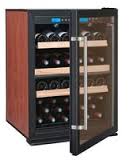
Not all restaurants can have wonderful cellars in full sight, or a properly conditioned storeroom. Often this is impossible because of lack of space or costs. But come on! A wine cooler to keep a few bottles at a decent temperature…. That said, they’d probably charge you as if the bottles had been stored in the Caves of Altamira.
The sommelier. I have trained hundreds of professionals over the years and after all this time, I’m still not clear that restaurant clients are actually aware of the role of the sommelier. What is worse, many catering entrepreneurs appear to be even less aware! A sommelier is a kind of ill-defined professional and probably a species in danger of extinction, furthermore the owners of some restaurants seem not to understand that to generate profit, one needs to know not only how to sell wine at a good price but also to know how to buy wine. That’s where the role of the sommelier is important.
A true sommelier is a manager, someone who knows how to buy, to select and to sell a selection of drinks and to offer his company a balance of positive results in the part of the business which falls under his responsibility. If we take into account that in an average restaurant, wine makes up at least twenty per cent of the client’s bill, we will realize that the wine cellar is one of the most important items, and deserves to have a consummate professional at the helm.
By the way, just for the hotshots and other wine pseudo-professionals: wines smell of spices, they do not smell of species.
Far removed from this approach, we can find various scenarios in a restaurant:
There is no sommelier and the waiters know nothing about wine. There’s a monkfish on display, with a bottle of rosé in its mouth. A deserved recipient of the ANPVC sticker.
To save on a salary the owner picks a hotshot barman and tells him to sell wine. In the best of cases he’ll send him off to do a cheap course on wines, which being cheap will be given by another hotshot who knows even less than he does.
The sommelier is a hotshot, one of those who wear the tastevin as if it were a mother’s day medal, hanging at the level of the sternum. At the slightest chance he’ll give you a lecture on the pairing of the polyphenolic compounds and the proteins from cod produced during the second high-tide of the month of November. Moreover, to boost his ego, he’ll go on about the wonderful wine list that he’s elaborated, fruit of his vast knowledge of wines acquired through browsing on Twitter. In these cases, it almost always happens that the sommelier is the owner of the restaurant.
By the way, for the hotshots and other wine pseudo–professionals: wine smells of spices not species. Species tend to be reptiles or protozoa, whereas spices are what one puts in the hare with rice. Got it?

The menu. I don’t know what the dark forces are that cause wine menus to be so awful in the hospitality business. In principle the concept would appear to be simple to achieve: a list of products in which at the very least would appear the name of the wine, the vintage, and the price. The wine list should be the best tool a restaurant has to sell wine. Is it so difficult to ask for an organized wine list without crossings out? That the vintages listed match those on the label?
The price. There are still professionals in the hospitality business who don’t seem to realize that you can’t earn the same from the sea bream as from the bottle of wine, but the practice of multiplying the price of the bottle by three, four or even more still goes on in many restaurants These Uncle Scrooges of the hospitality business rub their hands thinking that the more expensive the wine, the more they can mark up the price. It should be the opposite. Expensive wines should be more accessible. This would lead to the establishments having improved wine cellars, with a good rotation of products. There are restaurants where you feel like a large bull waiting for the final death blow: Ladies and gentlemen, Clientelito has just sat down at the table, seventy five kilos, black with a white blaze, downwardly inclined horns, who the sommelier is going to feint with some nice Bordeaux and a chest pass of Ribera.
The glasses. I know that this is something that only wine crazies get worked up about, but if they are charging you for the bottle of wine as though it were the wine served at the wedding at Canaan, shouldn’t they at least give you a decent glass? I’ve seen wine glasses made of glass thicker than the windows of the Nautilus, probably bought from the local Poundsavers.
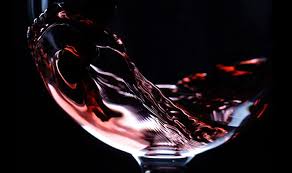
If by chance, for obligation or whatever other reason, you dear reader have to order wine in a place like this, remember to put our favourite sticker on the door: Don’t order wine here, run!


